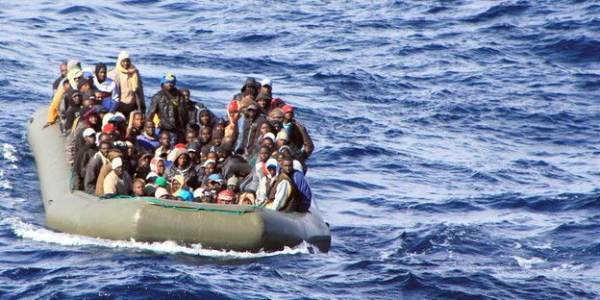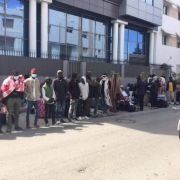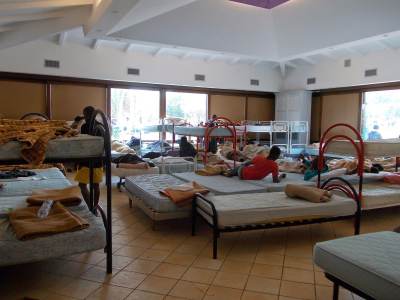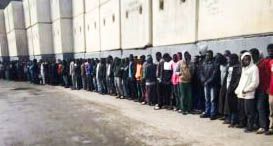Migrants, there is no invasion: population flows are an intra-European phenomenon
Redattoresociale.it – Where does integration in Europe stand? The answer can be found in a recent survey that analyses migration flows on the age-old continent through different variables: work, salaries, migration experience. More than 50% of those who migrate between neighbouring countries are Europeans. Non-EU migrants are paid less, even with the same qualifications and jobs as EU citizens.”
ROME – It is not refugees or asylum seekers who crossed the sea, but EU citizens who moved in search of a job or to reunite with family : Migration in Europe is still largely an intra-European phenomenon. This is illustrated in the third annual ‚Immigrant Integratio Europe‘ report by the ‚Osservatorio sulle migrazioni’, carried out by the Centro studi Luca D’Agliano and the Collegio Carlo Alberto of the University of Torino. The report is based on an analysis of macrodata of the European Labour Force Survey (EuLFS) and dismantles the most common, false myths step by step: starting with the invasion that arrives by sea, to the idea that migrants steal our jobs, finishing with the phantom of ethnic replacement. Far from clichés, the phenomenon of migration is a structural consequence of the Union’s economy, even though this effect doesn’t result in equal rights and opportunities. What remains are wage and employment gaps, particularly for non-EU migrants.
More specifically, the report captures a non-existent invasion. “More than 50% of migrants in Europe are Europeans, who have moved from another country: from those a little less than 40% are citizens of European member states, while 15% are Europeans from states that are not part of the EU. These people can therefore move very easily with little costs – explains Tommaso Frattini, director of the study – geographic proximity but also the possibility to gather information and create networks are important factors, as well as cultural proximity.” In Europe today one out of ten residents is an immigrant (intra and extra European): in 2017, 53,1 million people where migrants on the age-old continent, which is approximately 10% of its total population. 50% of which were born in Europe, 19% in Africa and the Middle East, 16% in Asia and 11% in Asia Pacific. The majority (48 million) live in one of 15 European member states, where migrants make up 12% of the total population, and have resided there five years or more. In the last two years average inflows have increased to two million per year. The distribution between the different host countries is heterogenous, and ranges from 0,1-0,2% in Romania and Bulgaria, to 20% in Cyprus and Sweden and up to 30% in Switzerland and Luxembourg. When it comes to gender, women (52%) migrate slightly more.
Read the full article here.
Translated from Italian by Helena Hattmannsdorfer




